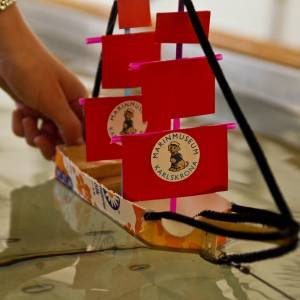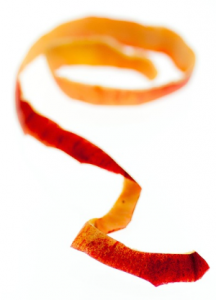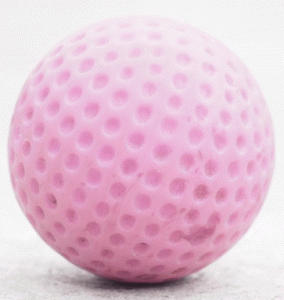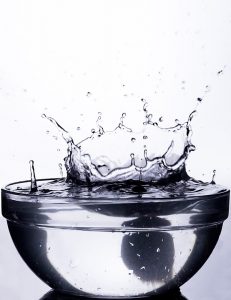 This is an experiment that shows that the shape of an object is important in order to get the object to float in water, but it is also an experiment that can be difficult for children to do themselves, as there are several steps to take into account and many instructions for getting a boat floating. When successful, it is very fun!
This is an experiment that shows that the shape of an object is important in order to get the object to float in water, but it is also an experiment that can be difficult for children to do themselves, as there are several steps to take into account and many instructions for getting a boat floating. When successful, it is very fun!
Mix all dry ingredients in a bowl, beat over the boiling water. Add the oil and caramel color, and quickly combine the ingredients into a dough. Allow to cool slightly before use!
Give the children a piece of dough and let them shape a boat as they like. Try it in the water and see if it floats. It probably does not, because the shape is so important for the flow properties of the clay (the clay has a higher density than water, and usually sink). In order for the clay to flow, it must be shaped like a coffee cup or a glass, ie as a vessel with high edges.
A further development is to let the children try to build boats of several different types of clay. Is there any mud that floats, no matter how you shape it, or is the shape of the boat equally crucial for all types of clay?
If you need is, here is a recipe on dough:
- 5 dl flour
- 5 cups of boiling water
- 2 dl salt
- 2 tablespoons citric acid / alum (can also be completely excluded)
- 1 tablespoon of oil (can also be completely excluded)
- Food Coloring if you like

 The purpose of this activity is to challenge the children in an problem-solving task where there are several different alternatives while also being able to work together, talk and cut with scissors or tear with their fingers. There is also a lot of mathematics, as well as conceptual ability.
The purpose of this activity is to challenge the children in an problem-solving task where there are several different alternatives while also being able to work together, talk and cut with scissors or tear with their fingers. There is also a lot of mathematics, as well as conceptual ability.


